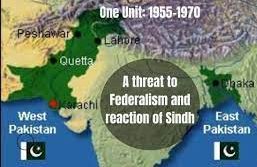
Muhammad Ayub Khuhro and Pir Ali Muhammad Rashdi were lead supporters of One Unit from Sindh. Later, Rashdi joined the Foreign Service Office as he thought it more secure and safe.
Dr. Zaffar Junejo
(Author’s Note: One Unit was dissolved on 1st July, 1970. Sindhi nation along with Bengalis, Balochis, and Pathans fought against it through platforms of cultural associations, literary organizations and political parties. By and large One Unit was opposed across Pakistan however the Anti-One Unit Movement’s epicenter was Sindh. Sindh opposed One Unit because it was considered a tool to alter its demography, grab resources and strategically control wealth of the province. Sindhi nationalists, supported by other political parties forged an association to realize one point agenda – dismantle One Unit. They carried the struggle in all odd and even situations, and bore the cost – jails, punishments, insults, life threats and issuing of ‘certificates’ of disloyalty and treachery but they continued their struggles, and got it undone – Sindh was restored with its full name, and titles.
In 2020, an idea was floated by some Sindh-lovers that Sindh has to celebrate Anti-One Unit Abolition Day as the Golden Jubilee event, just to cherish, and recall the successful struggle of Sindhi peoples. In this regard, the author intends to translate some of the basic and most relevant documents from Sindhi language into English, in sprit of celebration and remembrance. The first in the series is Saeen GM Syed’s article: One Unit Jo Qiyam: Mukhalfan Ja Khadsha and Muwafqan Ja Faidi Mean Dalil (Formation of One Unit: Opponents’ Apprehensions and Supporters’ Arguments in its favor).
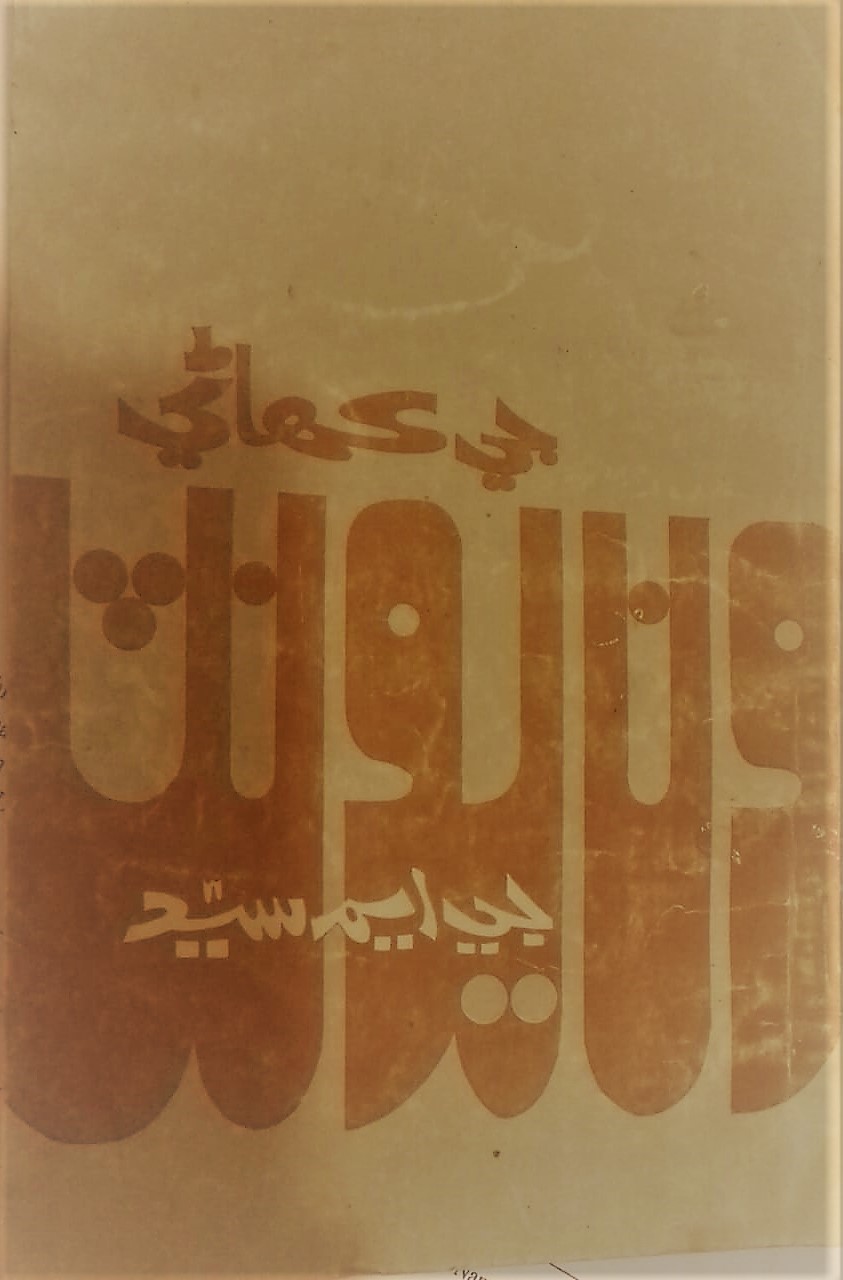
The article is taken from the booklet: One Unit Ji Kahani (The Story of One Unit). The book was authored by GM Syed and published by Yar Muhammad Ibin Hayat Panhwar, Secretary Sindh Mutaheda Mahaz, Markazi Office, Al-Khalil Building, Qazi Qayoum Road, Hyderabad. Its printer was Begum Zeenat Channa, ‘Zeenat Printers’ Khokhar Mahlo Hyderabad. Its first edition with 2000 copied came in November, 1969 – Dr. Zaffar Junejo.)
Formation of One Unit –III
Opponents’ Apprehensions and Supporters’ Arguments in its favor
GM Syed
The arguments of opponents of One Unit were based on above-mentioned points. On the other hand, supporters of One Unit justified it on the basis of the following points:
- The formation of One Unit would create an environment of brotherhood, mutual understanding, and it shall end provincialism and counter severances and stop the disturbances.
- The amalgamation of fertile and developed Punjab would develop underdeveloped provinces and improve their administration.
- A single assembly and the unified government would set a ground for cooperation; it would be helpful in the formulation of collective polices and laws, and their implementation would be convenient. Therefore, the country would develop quickly.
- The residents of the former provinces would be given priority in their provinces’ lands, jobs, industries, mines, and other natural resources.
- The establishment of One Unit would ensure integrity for Pakistan and superiority of Islam. Pir Ali Muhammad Rashdi (who was supporter of One Unit), used to issue statements, and these were sheer examples of broken promises. One of his statement published in Dawn dated 18th November, 1954 stated:
“I, Pir Ali Muhammad Rashdi, Minister for Revenue, accepted One Unit on following grounds:
- The rights of Sindh would be protected through the constitution; it would be done so, and in cases of injustice, legal and constitutional procedure would be taken.
- Sindh’s all taxes, and other generated resources, would be used for Sindh’s benefit.
- All jobs in Sindh would be for Sindhis, and their distribution authority would also be in the hands of Sindhis.
- Sindh’s land would be given to landless peasants – they might be locals or migrants- through a formula of an economic unit.
- After the distribution, if any land remained, then it might be given according to the government’s procedures and notifications, and there would be no objection.
- Sindhis would get a fixed portion of all superior jobs in the central government.
- After the formation of One Unit, the central government would retain only defence, Foreign Affairs, and Currency.
- Sindh’s irrigation water received from various rivers would neither be reduced nor obstructed.
- The present Sindh Government’s reserved and allocated funds for the development of Sindhi language and literature would not be curtailed.
- An appropriate representation of Sindhis would be assured in the army and the ministry of defence.
- None of law would be passed, which hadn’t got the majority vote of Sindhi members of One Unit Assembly.
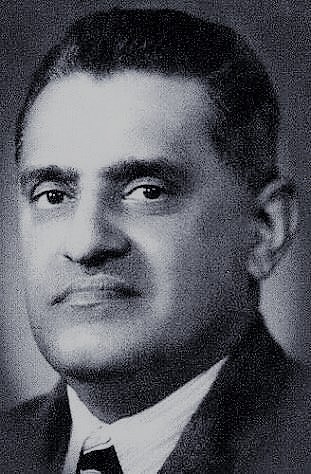
Afterwards, what happened to Sindh? How promises were broken? How Sindh faced brutalities? It is a long story of betrayal, pain and suffering. One may write many books. Anyway, I summarize some realities in following paragraphs:
- In West Pakistan Assembly, the Muslim League was in the majority, but its leader was ignored, and Dr. Khan Sahib was contacted. He was lured, and bribed to desert his brother, Khan Abdul Ghaffar Khan, so he set aside principles and values and joined the camp of One Unit supporters. He was nominated Chief Minster, just to betray and play a trick with the people of smaller provinces. He was bestowed with full authority to bribe members, and make them to change loyalty, and join his so-called party. In this way ‘Republican Party’ was founded.
- One Baloch leader was also bribed, and he was made the Governor with a condition to support One Unit. Muhammad Ayub Khuhro and Pir Ali Muhammad Rashdi were lead supporters of One Unit from Sindh. Later, one quit it, and opposed it; Rashdi joined the Foreign Service Office; he thought it more secure and safe, and consoled himself for a considerable time. Mian Mumtaz Doultana and Choudhary Muhammad Ali, who were assumed authors of ‘X-Documents’ also changed their minds. Some Sindhi’s were also taken into One Unit setup, among them were Abdul Sattar Pirzada and Qazi Fazullah. Prior to joining both were against One Unit. One must remember that one of the objectives of ‘Republican Party’ was strengthening of One Unit. It must be noted that our Sindhi ministers also toed and endorsed the line of the Republican Party.
- West Pakistan Assembly’s election was announced. But to take part in it or not, became a moral question for us. How to participate in it? We were opponents. We argued and satisfied ourselves that let us follow Indian National Congress model – its members used to take part in elections just to expose and fail the (English) government’s policies and schemes. On the other hand, the Central Government was determined to keep us away from the assembly. It applied various tools and techniques that three of us, who were opponents of One Unit, and hailed from the Dadu district, are not elected to the West Pakistan Assembly. The names of those three politicians were: 1) Pir Mian Ilahi Bux, 2) Mian Abdul Hameed Jatoi and, 3) GM Syed.
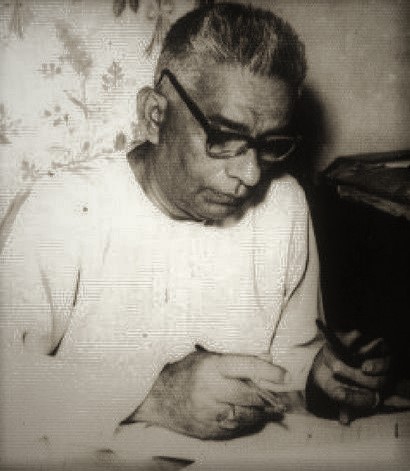
We all have to appear before God, at the Day of Judgment, so let me tell the truth: if the supporter of One Unit, Pir Ali Muhammad Rashdi (at that time, a Minister of Central Government) had not convinced his friend Malik Sikandar Khan to vote us, we had surely lost the election. We won the election, because Malik Sikandar supported us. Consequently, our presence in the assembly paved the way to motion the bill against One Unit’s dissolution, and we got it done.
_____________________
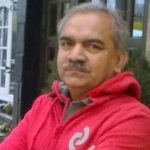 Dr. Zaffar Junejo has a Ph.D. in History from the University of Malaya. His areas of interest are post-colonial history, social history and peasants’ history.
Dr. Zaffar Junejo has a Ph.D. in History from the University of Malaya. His areas of interest are post-colonial history, social history and peasants’ history.
Click here for Part-I , Part-II